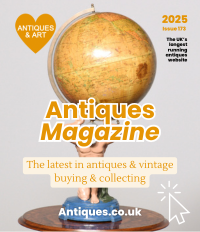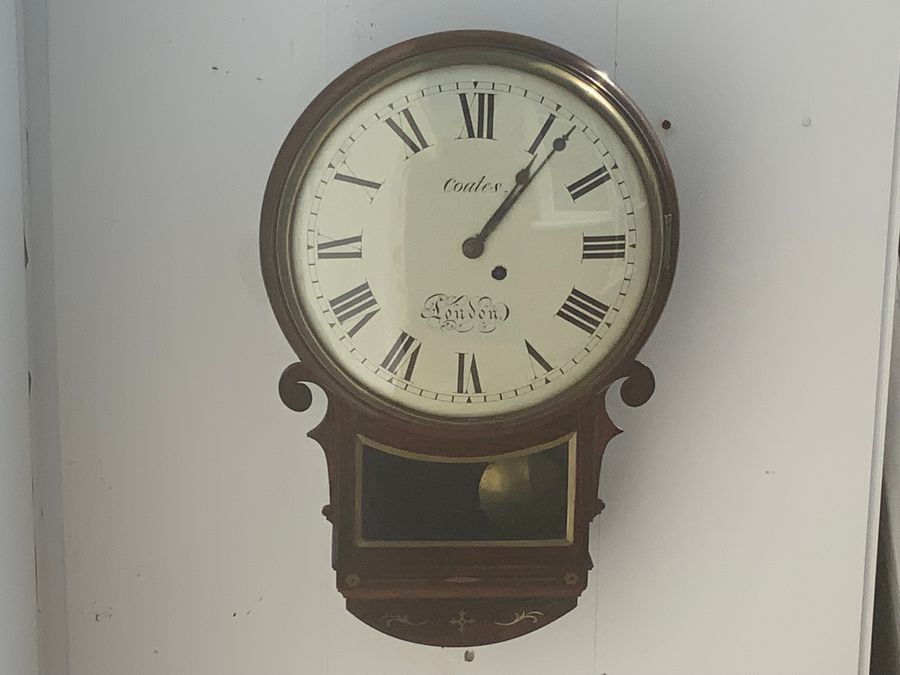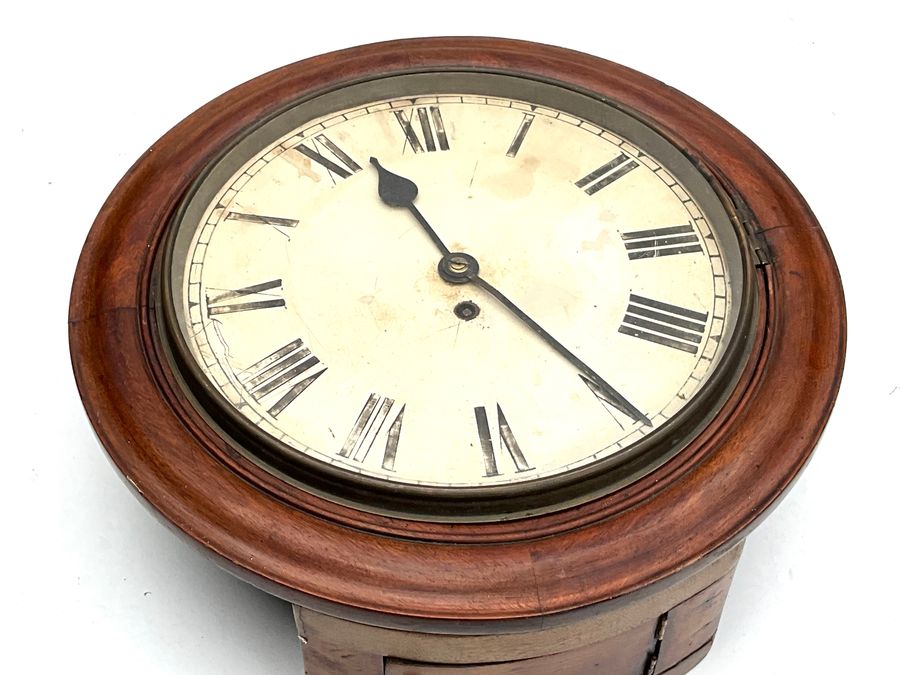featured item
david innes double fusee railway clock

antiques available from other sellers in antique clocks > wall clocks
-
![Regency Drop Dial Fusee wall clock]() £2500.00
£2500.00regency drop dial fusee wall clock Read more
Bore Park antiques -
![Antique French Ormolu Rococo Cartel Wall Clock - Large and Magnificent]() £7500.00
£7500.00antique french ormolu rococo cartel wall clock - large an... Read more
Bore Park antiques -
![SCHOOL CLOCK MAHOGANY WITH FUSSE MOVEMENT]() £350.00
£350.00school clock mahogany with fusse movement Read more
Bore Park antiques -
![Huge Vienna rare maker movement mahogany cased]() £795.00
£795.00huge vienna rare maker movement mahogany cased Read more
Bore Park antiques
- View other items in:
- antique clocks
- wall clocks
Still not found something similar? Why not save a search and get a notification in your inbox when an matching antique is added to our ever-growing database?
Enter your email address to be sent alerts when new items are added to the site that match your search criteria

This is an extremely fine example of a double fusee wall clock. Made by David Innes around 1900, it is set in a rich case and is from a London Underground railway station, the dial revealing 'EC3,' pertaining to Eastern Central London. Used in antique spring-powered mechanical watches and clocks, a fusee (from the French fusée, wire wound around a spindle) is a cone-shaped pulley with a helical groove around it, wound with a cord or chain which is attached to the mainspring barrel. Fusees were used from the 15th century to the early 20th century to improve timekeeping by equalizing the uneven pull of the mainspring as it ran down. The origin of the fusee is not known. Many sources erroneously credit clockmaker Jacob Zech of Prague with inventing it around 1525. The earliest definitely dated fusee clock was made by Zech in 1525, but the fusee actually appeared earlier, with the first spring driven clocks in the 15th century. The idea probably did not originate with clockmakers, since the earliest known example is in a crossbow windlass shown in a 1405 military manuscript. Drawings from the 15th century by Filippo Brunelleschi and Leonardo da Vinci show fusees. The earliest existing clock with a fusee, also the earliest spring-powered clock, is the Burgunderuhr (Burgundy clock), a chamber clock whose iconography suggests that it was made for Phillipe the Good, Duke of Burgundy about 1430, now in the Germanisches National museum. The word 'fusee' comes from the French fusée and late Latin fusata, 'spindle full of thread'.
Antiques.co.uk Ref: VEWKPTJD
- Maker/Artist:
- David Innes
- Width (cm):
- 41
- Height (cm):
- 82
- Depth (cm):
- 15.5
Here on antiques co uk we love antiques and specialise in selling antiques. Even though this item was for sale and is now sold or otherwise now unavailable we have many more items for sale including vintage antiques, silver, tables, watches, jewellery and much more for your interiors and home.
Search all the antiques currently for sale on www.antiques co uk. Or why not consider selling your antiques and making sales more easily with us!
time in hand (shipston) ltd
TIME IN HAND (SHIPSTON) LTD has 87 antiques for sale.
click here to see them all










